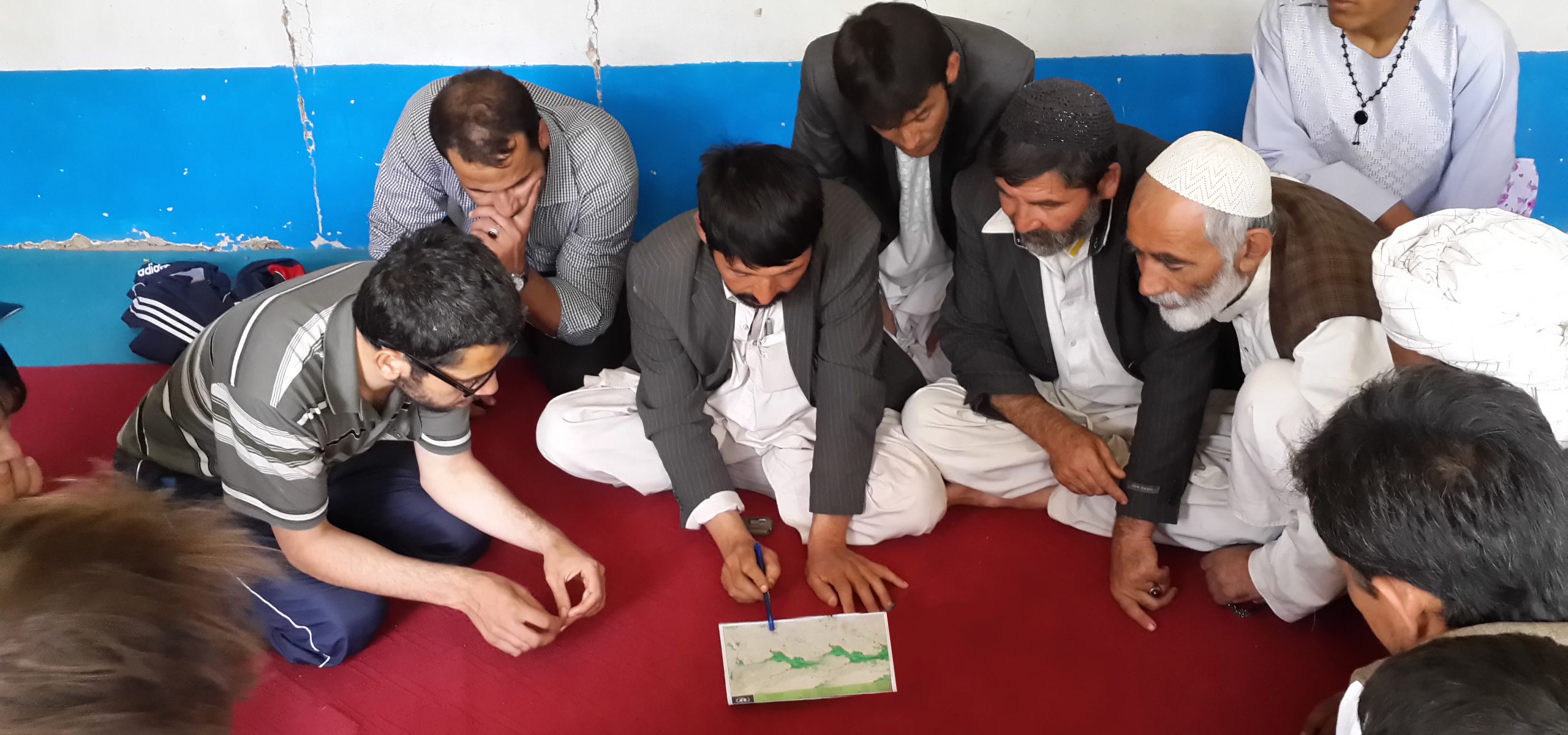Evaluation and Learning
Incorporating environmental considerations in humanitarian response evaluations and learnings

Incorporating environmental considerations in humanitarian response evaluations and learnings
The Handbook is one of the most widely known and internationally recognized tools for the delivery of the quality humanitarian response…
The FRAME Toolkit is a Framework for Assessing, Monitoring and Evaluating the Environment in Refugee-Related Operations…
Module 2 provides guidance on how project design, monitoring, and evaluation can better incorporate and address environmental issues within the typical project cycle of a post-disaster humanitarian aid project…
This factsheet is a special issue from the Lessons Learned Bulletin (LLB) and intends to raise awareness of risks associated with shutdown and startup of industrial sites where dangerous substances are present.
An Norwegian Refugee Council evaluation report on the ecological impacts of refugee programs and actions taken to mitigate such impacts.
A periodic monitoring report helps Humanitarian Country Teams (HCTs) regularly examine whether sufficient progress is being made in reaching strategic and cluster objective.
A tool enabling each humanitarian project to identify its potential impact on the local environment, providing guidance on how to address it in a manner which is tailored to the specific country.
A situation analysis following a crisis typically looks at key crisis drivers, affected areas, the number and type of affected people, the ways in which people are affected, the most urgent needs and available capacities.
Assessing the environmental consequences of an emergency and prioritizing the response actions based on the needs, forms the foundation of a coherent, efficient and sustainable humanitarian response.
Environment is included into response plans in order to improve programme quality and accountability to disaster-affected people.
Environmental mainstreaming is dependent on successful resource mobilization, where environmental concerns must be integrated in funding proposals in order to secure funding.
Successful integration of environment into the implementation of humanitarian response requires that environment be included into preparedness and planning phases, but also effective coordination with national actors.




